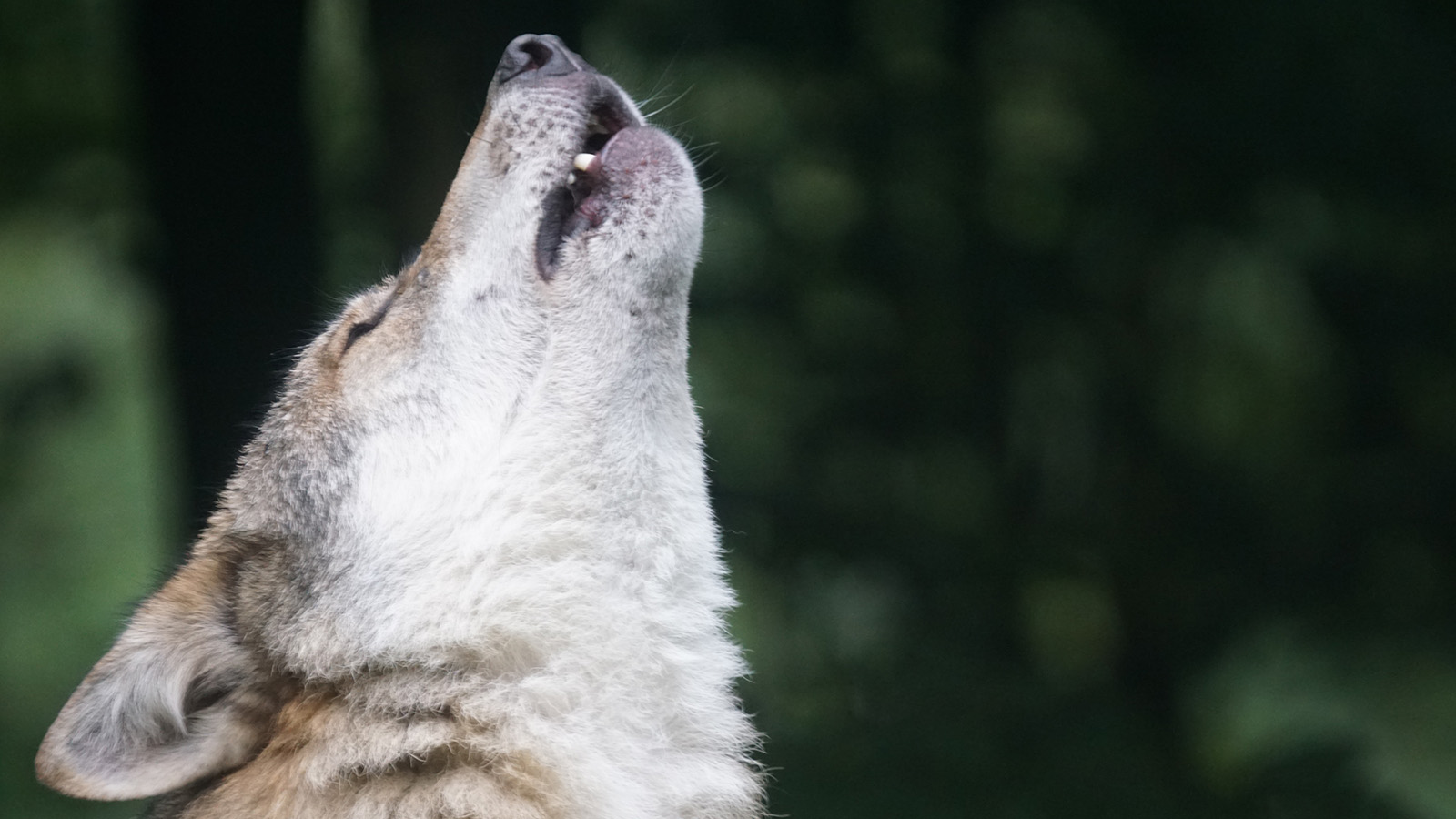
Our wild planet is calling on you this Earth Day
The towering trees of the boreal forest are being turned into toilet paper that gets flushed away forever. We’re telling Procter & Gamble, the maker of Charmin and other paper products, to go forest-free.
Donate
If you stood in the heart of the boreal, bathed in the sights and sounds of the world’s largest intact forest, you would be unable to fathom why some companies think its best use is to be chopped down and turned into toilet paper.
The forest is vast and verdant, stretching across the northern reaches of North America, from Newfoundland, Canada to Nome, Alaska. Its deep green pine trees, spruce and firs are dusted with snow in the winter and sparkle with dew in the summer. The tamarack trees sprinkled among the towering evergreens turn goldenrod yellow in the fall.
It’s home to caribou, lynx, wood bison, moose, wolves, birds from around the globe and so much more. It covers 1.2 billion acres of woodland, and it’s a critical ally in the fight against climate change. Each year, it absorbs enough carbon to offset the global warming pollution of 24 million cars.
But in an instant, the trees in this forest can be lost.
The boreal forest is being logged at a rate of 1 million acres per year — or one and a half football fields every minute. Where vast swaths of biodiverse forest once stood, millions of acres are now degraded. The trees that once performed essential ecosystem services and absorbed carbon emissions have been pulped. And for what?
In part, to produce paper products such as tissues and toilet paper.
Only a fraction of the boreal forest is protected from the timber industry. And in recent decades, the pace and scale of logging has been increasing, quickly cutting down forests.
Procter & Gamble (P&G) makes some of our country’s most recognizable paper products, including Charmin toilet paper, Puffs tissues and Bounty paper towels. As one of the largest tissue producers in the country, P&G could lead the way in moving toward a sustainable supply chain — but the company continues to use virgin wood fiber because it’s what it believes its customers prefer. And that requires chopping down acres and acres of forests.
Forty percent of the wood pulp P&G uses for its North American tissue and towel products comes from Canada. And Canada’s massive timber industry is quickly cutting down acres and acres of boreal trees.
Rather than letting logging destroy the boreal forest, Environment New York is calling on P&G to instead transition to creating tissue products made from only recycled and forest-free materials.
P&G has taken some steps in the right direction. Last year, it rolled out a brand new eco-friendly bamboo toilet paper line. But unfortunately, the company has no public commitment to expand its forest-free tissue products. For the vast majority of its products, P&G is sticking to business as usual.
But business as usual will come at a terrible price. The North American boreal is our planet’s largest intact forest, and it’s a critical forest ecosystem — we can’t risk losing it. That’s why we’re asking P&G to commit to protecting the boreal and reducing the amount of virgin wood fibers in its tissue products by 50% or more by 2025.
Add your name: Tell P&G to switch to forest-free toilet paper, tissues and paper towels.
Logging is steadily flushing these trees down the toilet.
Sign the Petition
Ellen runs campaigns to protect America's beautiful places, from local beachfronts to remote mountain peaks. Prior to her current role, Ellen worked as the organizing director for Environment America’s Climate Defenders campaign. Ellen lives in Denver, where she likes to hike in Colorado's mountains.
